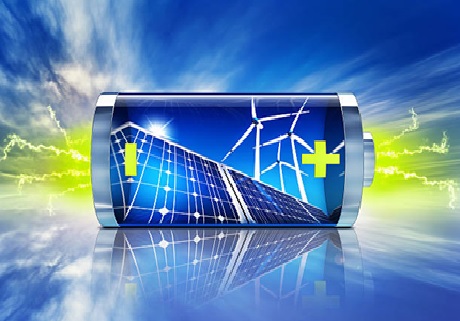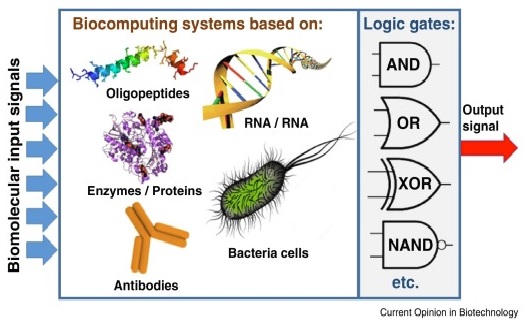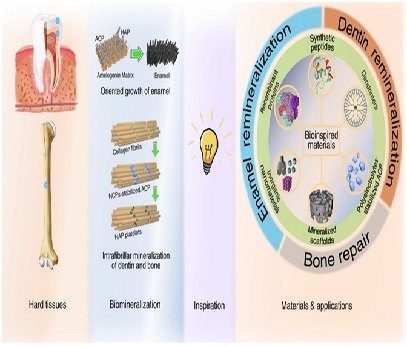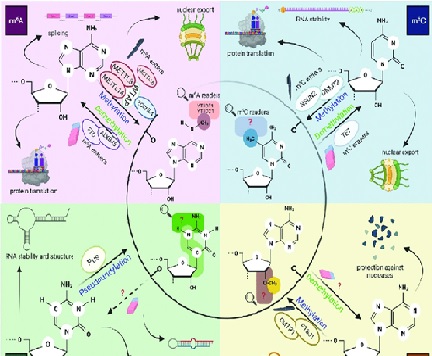Energy Conversion and Storage
Energy conversion and storage is of great current relevance in providing a sustainable society. Essentially, this topic can cover the whole science, but the four molecules of relevance are carbon dioxide, carbon monoxide, dinitrogen, and water. If one can manipulate these four molecules at will, many of the energy conversion and storage will become affordable. Even though this will form one of the main topics of focus for this Special Issue, other topics such as designing capacitor materials, and advances in the battery configurations will also be of interest. In addition, the conventional reactions such as ORR and OER will also receive attention in this Special Issue because of the possibility of unravelling the life process, which also depends on energy conversion and storage. New electrochemical devices such as sensors and others indicating communicating devices also depend on the method of energy conversion and storage, and hence, this Special Issue assumes timely relevance.[1]

Figure .1 Energy conversion and storage
Figure 1 shows Energy conversion and storage technologies are critical to the development of a sustainable energy system that can meet the growing demand for energy while reducing greenhouse gas emissions and mitigating the impacts of climate change.
Some of the current trends in energy conversion and storage include:
- Renewable energy:The increasing use of renewable energy sources, such as solar, wind, and hydropower, to generate electricity and heat. Advances in technology and cost reductions have made renewable energy increasingly competitive with fossil fuels, and have enabled the development of large-scale renewable energy projects.
- Energy storage:The development of energy storage technologies, such as batteries, flywheels, and pumped hydro storage, to store energy generated from renewable sources and to provide backup power during periods of high demand. Advances in battery technology have led to the development of longer-lasting and more efficient batteries for use in applications such as electric vehicles and grid-scale storage.
- Smart grid:The integration of digital technology and automation into the electric grid to improve its efficiency, reliability, and flexibility. This includes the use of sensors and monitoring systems to optimize energy use, and the development of software platforms to manage energy demand and supply.
- Energy efficiency:The development of energy-efficient technologies, such as LED lighting and smart appliances, to reduce energy consumption and lower greenhouse gas emissions. Energy efficiency measures can also reduce costs for consumers and businesses, and help to improve the resilience of the energy system
- Carbon capture, utilization, and storage (CCUS):The development of technologies to capture carbon dioxide emissions from power plants and industrial processes, and to either store the CO2 underground or to use it in industrial processes. CCUS technologies are critical to reducing greenhouse gas emissions from the energy and industrial sectors.
These trends highlight the importance of innovation and collaboration in addressing the energy challenges facing society. Ongoing research and development, as well as public policy measures such as carbon pricing and incentives for renewable energy and energy efficiency, will be critical to achieving a sustainable energy system that can meet the needs of current and future generations.
References:
- https://www.mdpi.com/journal/batteries/special_issues/Energy_Conversion_Storage_Recent_Advances_Prospects
Cite this article:
Janani R (2023),Energy conversion and storage, AnaTechMaz,pp.139
















